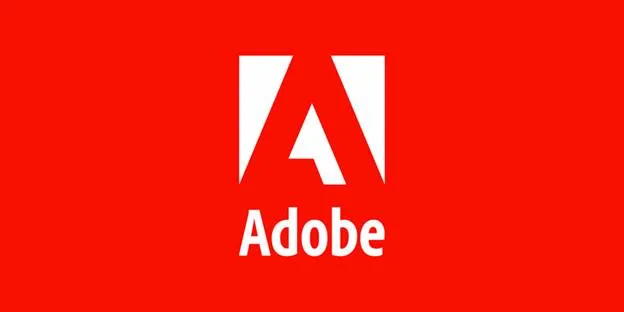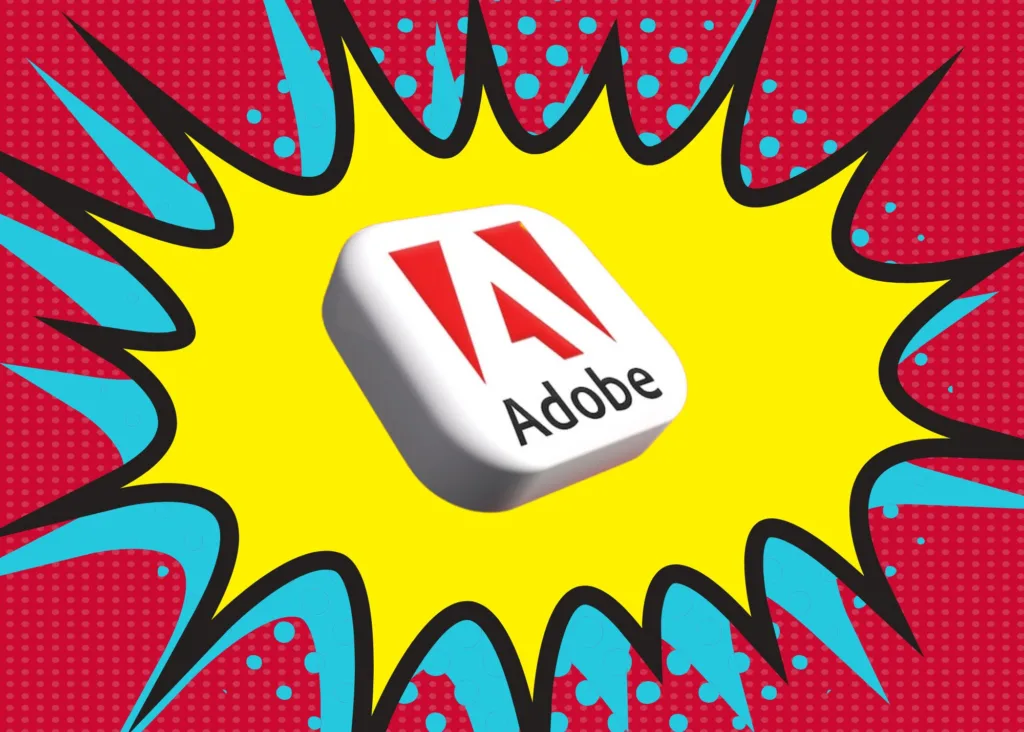It all started during the time of the desktop publishing era. This is when John Warnock and Charles Geschke founded Adobe Systems in December 1982 after the pair left Xerox PARC and found success along with Doug Brotz, Ed Taft, and Bill Paxton in creating and selling PostScript, a page description language used in electronic and desktop publishing. When Apple licensed PostScript for its LaserWriter printers, it ushered in the desktop publishing revolution. Adobe then turned its eye to animation and multimedia, areas that it eventually grew to reign over in the years to come.

On December 3, Adobe celebrated its 40th anniversary. Over the past four decades, Adobe innovations have touched billions of people across the globe. Adobe has had a history of transforming desktop publishing, revolutionizing imaging and design, pioneering electronic documents, advancing animation, gaming, and video, and leading 3D creation, digital marketing, and commerce.
In celebration, Adobe shared some fun facts about the company that are not well known but have made Adobe what it is today.
- Adobe was started in John Warnock’s garage. The company was named after the Adobe Creek that ran behind his Los Altos, California, home.
- The logo, with the stylized A, was designed by John Warnock’s wife, Marva.
- Adobe’s very first system was PostScript, a programming language that describes the appearance of a printed page, and it has become an industry standard for printing and imaging. It was a breakthrough product because of how it handled fonts—able to generate fonts of any size and shape from mathematical descriptions and do so automatically on the fly. Today, everywhere you look—from magazines to billboards—you see a PostScript font in use.
- Designed as the first Adobe Originals typeface by Robert Slimbach in 1989, Adobe Garamond is based on the typefaces first created by the famed French printer Claude Garamond in the 16th century.
- The Adobe Digital Index, which leverages trillions of data points from Adobe Analytics, remains the bellwether on the health of the digital economy. Approximately 85% of the top 100 Internet retailers in the US rely on Adobe Analytics to deliver, measure, and personalize shopping experiences online.
- Every 1 million Adobe Acrobat Sign transactions save 105 million liters of water, 31,000 trees, and the equivalent of taking 2,300 cars off the road for a year.
- Adobe has been loved by celebrities over the last several decades, including references from Taylor Swift talking about making a massive PDF file to keep track of all her Easter eggs, or Devin Booker repping Adobe Illustrator in his favorite hoodie, and the iconic moment from Chris Pratt asking fans to use Photoshop to create a new header image for his social page.
- Adobe’s Premiere Pro has been used by top music video editors in the business for videos and music films including Black is King, a film by Beyonce; Madame X concert film starring Madonna; “7 rings” and “Thank U, Next” by Arianna Grande; “Panini” by Lil Nas X; Lizzo’s “Juice,” and Childish Gambino’s “This is America.”
- Adobe was mentioned as a “pivotal moment in video editing” in episode 5 of Disney+’s Light & Magic, a documentary surrounding the founding and history of the motion-picture and visual effects company Industrial Light & Magic.
- Adobe software was the first piece of technology purchased to start making Avatar, the 2009 film directed by James Cameron, which is the highest-grossing film of all time. Adobe Photoshop was used to create the concept designs for the movie as well as the textures for the characters and the creatures that were seen in the film, and Adobe After Effects was used throughout the film for real-time compositing.
- Adobe hit the runway of Paris Fashion Week in 2021 when designer Iris van Herpen collaborated with Adobe to create a custom dress in her own unique style and voice that speaks to how creativity and Adobe are helping shape the fashion industry.
- 2022 marked the 22nd year Adobe has been included on Fortune’s prestigious list of “100 Best Companies to Work For” list, recognizing how Adobe fosters a culture of inclusion, purpose, genuineness, caring, and empathy.






